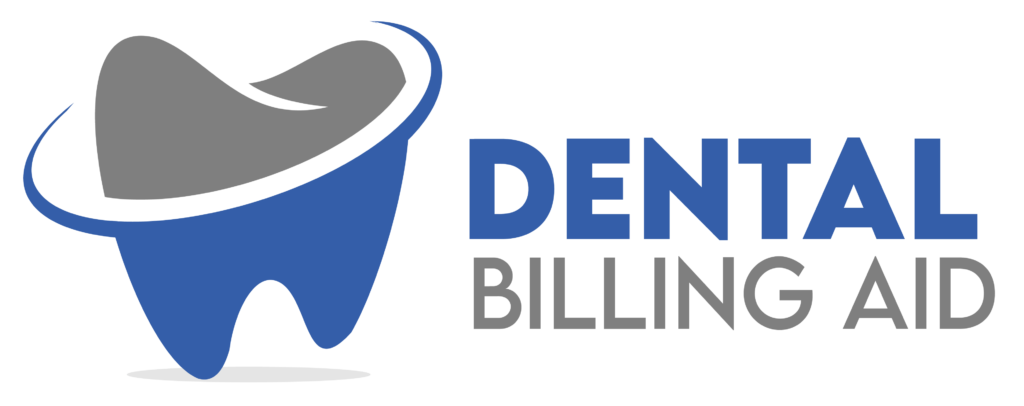In the dynamic landscape of healthcare, dental practices in New Jersey face the challenge of navigating complex insurance policies to ensure a smooth and profitable operation. A critical component of this process is dental insurance verification. This article will explore what dental insurance verification is, its importance for dental practices in the Garden State, and the key steps involved.
What is Dental Insurance Verification?
Dental insurance verification is the systematic process of confirming a patient’s insurance coverage details before they receive treatment. It’s a proactive measure that goes beyond simply checking for an active policy. It involves a detailed breakdown of a patient’s benefits to understand their specific coverage, limitations, and financial responsibilities. This process is crucial for preventing billing errors, claim denials, and unexpected costs for patients.
Key information that is verified includes:
- Eligibility and Active Status: Confirming the patient has active coverage on the date of service.
- Deductibles and Maximums: Identifying the deductible amount and how much of the annual maximum has already been used.
- Coinsurance and Copays: Determining the percentage of costs the insurance will cover and the patient’s out-of-pocket responsibility.
- Frequency Limitations: Checking for limits on specific procedures, such as how often a patient is covered for a cleaning or X-rays.
- Waiting Periods: Verifying if there are any waiting periods for certain procedures, especially for new plans.
- Specific Plan Clauses: Investigating policy details like “missing tooth clauses” or downgrade provisions, where an insurance company may only pay for the least expensive treatment option.
The Importance of Verification for New Jersey Dental Practices
For dental offices in New Jersey, accurate and timely insurance verification offers significant benefits:
- Increased Efficiency and Revenue: By verifying benefits ahead of time, practices can create accurate treatment plans and financial estimates, which leads to fewer claim denials and faster payment. This frees up staff from time-consuming tasks like chasing down denied claims, allowing them to focus on other essential duties.
- Improved Patient Experience and Trust: Patients often have a limited understanding of their dental insurance policies. Providing them with a clear, upfront cost estimate based on a thorough verification builds trust and transparency. This prevents the frustration of surprise bills and can lead to higher patient satisfaction and loyalty.
- Reduced Financial Risk: Knowing a patient’s coverage specifics minimizes the financial risk for the practice. You can ensure that a patient is aware of their portion of the bill before a procedure is performed, which increases the likelihood of a successful collection.
- Streamlined Workflow: Whether a practice handles verification in-house or outsources it to a specialized service, a well-defined process streamlines the front office workflow. It allows for a more efficient patient check-in and check-out process, reducing patient wait times and improving the overall office environment.
The Verification Process: A Step-by-Step Approach
The dental insurance verification process can be broken down into a few key steps:
- Gather Patient Information: The first step is to collect all necessary patient and insurance details during the initial appointment scheduling. This includes the patient’s full name, date of birth, insurance carrier, policy and group numbers, and the primary policyholder’s information.
- Contact the Insurance Provider: The practice or a third-party service will contact the insurance company, often through online portals or a dedicated phone line, to confirm all the details gathered. This is the most crucial step, as it provides the most accurate and up-to-date information directly from the source.
- Analyze and Document the Findings: All the verified information, including deductibles, remaining maximums, and coverage percentages for specific procedures, must be carefully documented in the practice management system.
- Communicate with the Patient: The final step is to create a clear financial breakdown for the patient. This document should detail the estimated insurance coverage and the patient’s expected out-of-pocket cost. Presenting this information to the patient before treatment ensures they are fully informed and prepared.
Major Dental Insurance Providers in New Jersey
New Jersey is home to a variety of dental insurance providers. Some of the major carriers serving the state include:
- Delta Dental of New Jersey: A leading provider with a strong presence in the state, offering a range of plans.
- Horizon Blue Cross Blue Shield of New Jersey: Offers dental plans that can often be bundled with medical insurance.
- Aetna: Provides a variety of dental plans with a focus on preventive care.
- Cigna: A major insurance company with a diverse portfolio of healthcare plans, including dental.
- Humana: Known for offering flexible, stand-alone dental insurance plans.
By understanding the intricacies of dental insurance verification and implementing a robust process, dental practices in New Jersey can optimize their financial health, improve operational efficiency, and build stronger, more trusting relationships with their patients.
